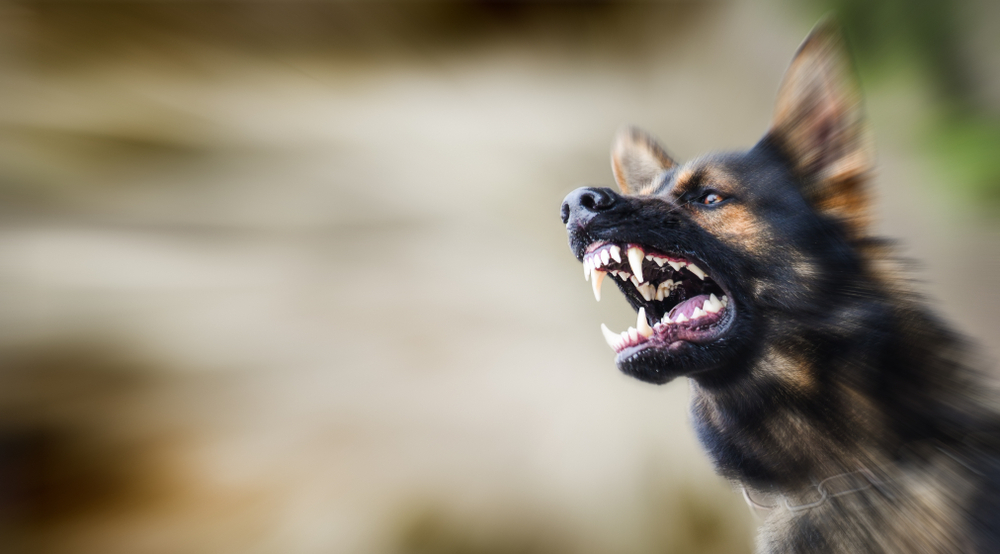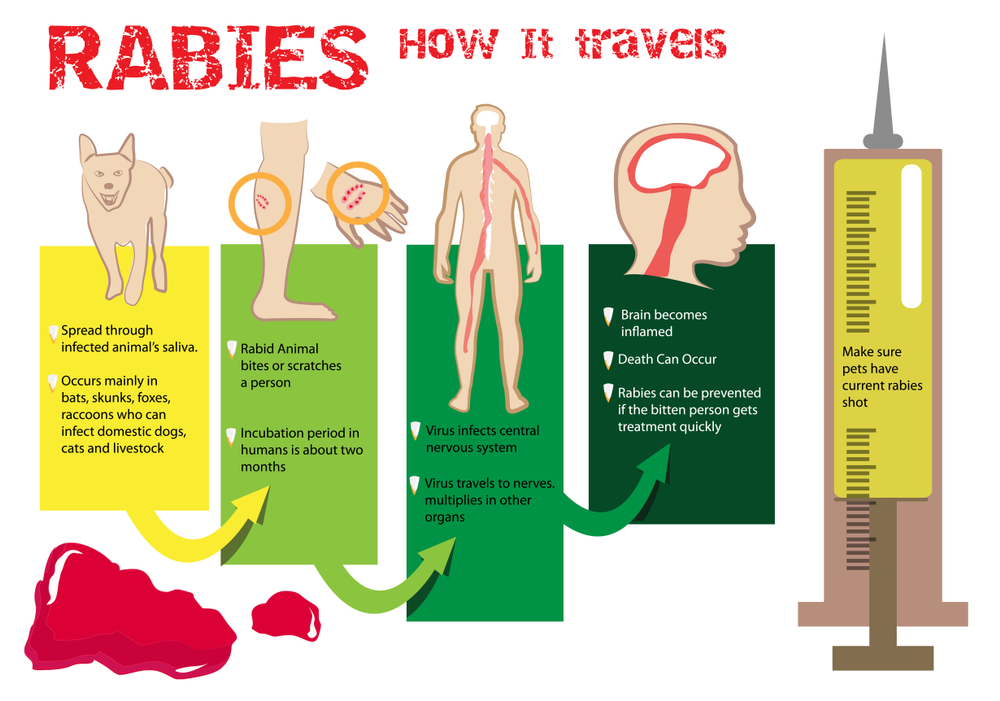
Facts about Rabies and its Precautions
WHAT IS RABIES
Rabies is a fatal disease transmitted from animals to humans, caused by a virus that attacks the central nervous system, causing convulsions, paralysis, and finally death. The virus is present in the saliva of a rabid animal and is transmitted primarily by animal bites and rarely by contamination of open wounds, fresh abrasions, or mucous membranes. All warm-blooded animals can be affected by the virus, but it is most often found in wildlife such as raccoons, skunks, foxes, and bats. Dogs and cats may also contract rabies if they are not vaccinated against it. Rabies is rarely seen in rodents such as mice, rats, squirrels, chipmunks, guinea pigs, hamsters, or rabbits. Birds, turtles, lizards, fish, and insects do not contract rabies.

WHY RABIES IS IMPORTANT
Rabies covers all continents except Antarctica, with over 95% of the deaths rate in Asian and African regions. Rabies infects not only the human but widens its arms to effects all mammals. According to the World Health Organization (WHO) In endemic areas of the world regarding rabies, a dog bite is the major (96%) cause of rabies, which puts a population of 1.4 billion at risk of rabies in this region. Canine rabies causes almost 60,000 deaths in human and more than 3.7 million disability-adjusted life years (DALYs) annually. Available data about rabies incidence are from active surveillance studies that underestimate the burden of rabies
FACTS ABOUT RABIES
● Only warm-blooded animals can be affected by the rabies virus and become rabid.
● Dogs and cats can get rabies if they are not vaccinated.
● Rabies is rarely seen in rodents such as mice, rats, squirrels, chipmunks, guinea pigs, hamsters, or rabbits Birds, turtles, lizards, fish, and insects cannot get rabies.
IF YOU ARE BITTEN, OR SCRATCHED BY AN ANIMAL
● Obtain the owner’s address and telephone number if possible.
● Immediately wash the wound thoroughly, cleaning, and flushing with plenty of soap and water for several minutes.
● Immediately report all animal bites to your animal control agency, the police department of the health department for follow-up.
● Identify and continue to observe the animal (if wild or stray) aid its eventual capture, but do not risk exposure again.
● Get prompt medical attention.
● Call your family doctor or go to the nearest emergency room.
IF PETS ARE BITTEN, OR SCRATCHED BY AN ANIMAL
● Call your pet away from the animal. Confine the wild animal, if possible.(Do not touch it or risk exposing yourself.)
● To prevent exposure of saliva to an open wound, it is recommended that you do not handle pets, touch or examine your dog or cat for at least two hours following the fight.
● If you must handle your pet shortly after a fight, wear heavy gloves and afterward be sure to thoroughly wash your hands with soap and water.
● Then contact your doctor or local health department for advice to determine whether or not there may have been any direct exposure to rabies.
● Contact your local animal control agency immediately for advice about testing the wild animal for rabies and follow-up for your pet.